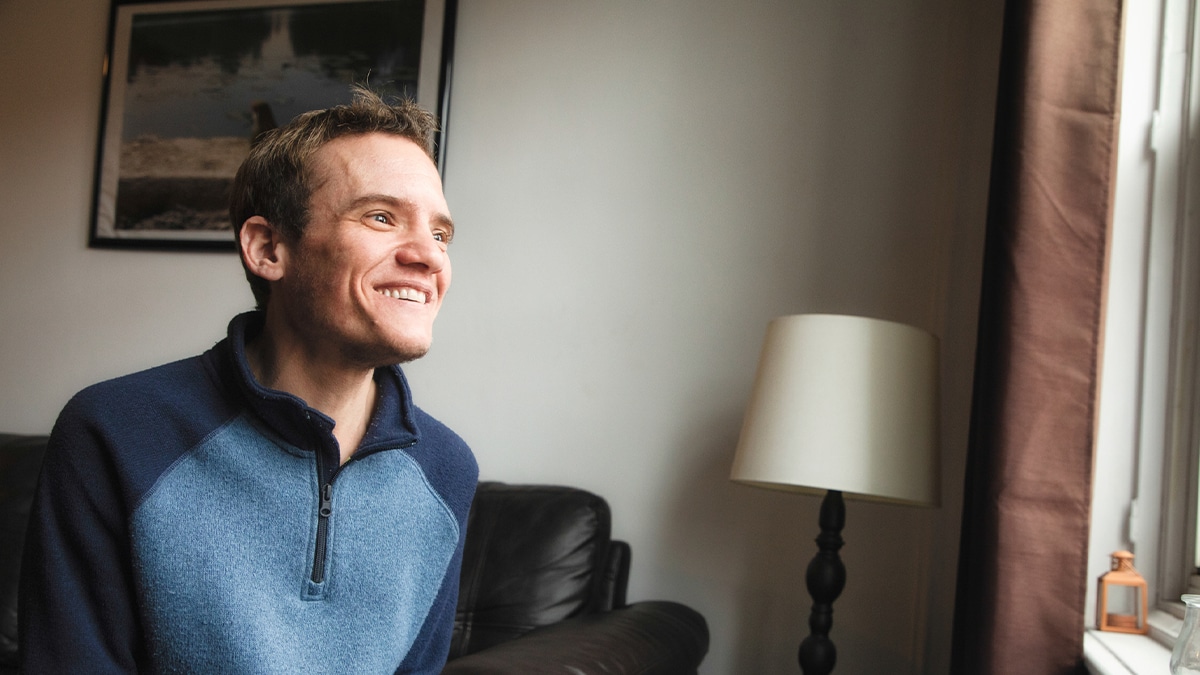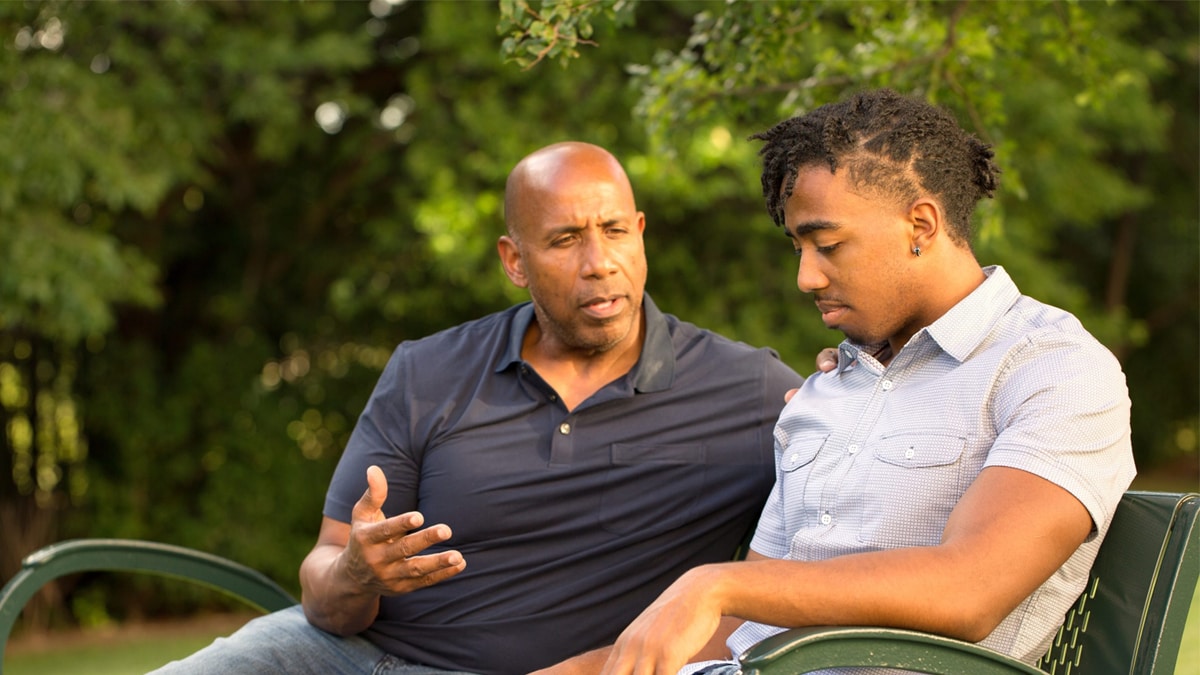Key points
- For many people with autism spectrum disorder (ASD) and their families, daily life is not easy.
- Finding resources and planning for the future can help families improve their quality of life.

How ASD impacts everyday life
Living with a person with ASD affects the entire family. Meeting the complex needs of a person with ASD can put families under a great deal of stress—emotional, financial, and sometimes even physical. Respite care can give parents and other family caregivers a needed break and help maintain family well-being.
Transitions
The transition from high school to adulthood can be especially challenging for a person with ASD. There are many important, life-changing decisions to make, such as whether to go to college or a vocational school or whether to enter the workforce, and if so, how and where.
It is important to begin thinking about this transition in childhood, so that educational transition plans are put in place—preferably by age 14, but no later than age 16—to make sure the individual has the skills he or she needs to begin the next phase of life.

The transition of care from a pediatrician to a doctor who treats adults is another area that needs a plan. The American Academy of Pediatrics recommends transition planning for all adolescents starting at age 12 years that includes the healthcare provider speaking with the adolescent separate from family members, discussing the transition to adult care, and coaching the adolescent in taking charge of their own care.
Additional Resources for Transitioning to Adulthood
Healthy living
Physical activity
To stay healthy, people with disabilities need the same basic health care as everyone else. They need to eat well, exercise, get enough rest and plenty of water, and have complete access to care, including regular physical and dental check-ups. It is important to find healthcare providers who are comfortable caring for people with ASD.
Sometimes when people with disabilities have a behavioral change or behavioral issue, it may be because they have a medical problem they cannot describe. For instance, head banging could be related to a disability, or it could be due to a headache or toothache. For this reason, it is important to find out if there is a physical problem before making changes in a person's treatment or therapy.
Resources:
Safety
Safety is important for everyone. We all need to be safe in order to live full and productive lives. People with disabilities can be at higher risk for injuries and abuse. It is important for parents and other family members to teach their loved one how to stay safe and what to do if they feel threatened or have been hurt in any way.
Resources and support

- American Academy of Pediatrics (AAP). Supporting the Health Care Transition from Adolescence to Adulthood in the Medical Home. Available at: https://pubmed.ncbi.nlm.nih.gov/30348754/. Accessed on January 5, 2024
- Organization for Autism Research (OAR). A Guide for Transition to Adulthood. Available at: https://researchautism.org/resources/a-guide-for-transition-to-adulthood/. Accessed on January 5, 2024
- Autism Speaks. Transition Tool Kit. Available at: https://www.autismspeaks.org/tool-kit/transition-tool-kit. Accessed on January 5, 2024
- National Center on Health, Physical Activity and Disability (NCHPAD). Autism and Considerations in Recreation and Physical Activity Settings. Available at: Autism and Considerations in Recreation and Physical Activity Settings - NCHPAD. Accessed on March 24, 2025
- National Center on Health, Physical Activity and Disability (NCHPAD). Physical Activity. Available at: https://www.nchpad.org/resource-categories/physical-activity/page/2/. Accessed on March 27, 2025.
- StopBullying.gov. Bullying and Youth with Disabilities and Special Health Needs. Available at: https: //www.stopbullying.gov/bullying/special-needs. Accessed on January 5, 2024
- USAGov. Disability services. Available at: https://www.usa.gov/disability-services. Accessed on January 5, 2024
- Benefits.Gov. Welcome to Benefits.gov. Available at: https://www.benefits.gov/. Accessed on January 5, 2024
- Association for University Centers on Disabilities (AUCD). University Centers for Excellence in Developmental Disabilities Education, Research, and Service (UCEDD). Available at: https://www.aucd.org/template/page.cfm?id=24. Accessed on January 5, 2024
- Association for University Centers on Disabilities (AUCD). UCEDD Programs by State - Directory. Available at: AUCD | Network Members. Accessed on March 24, 2025
